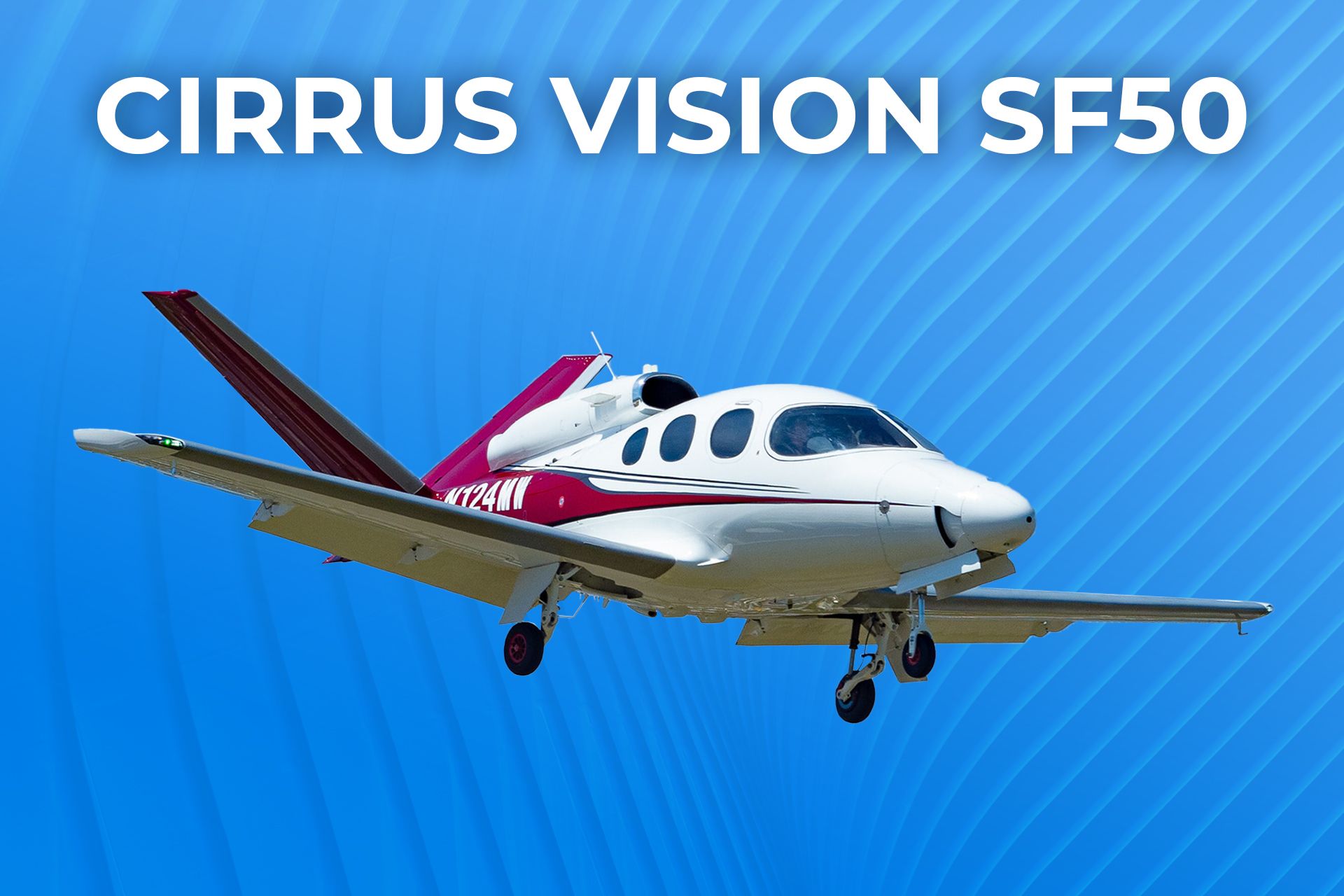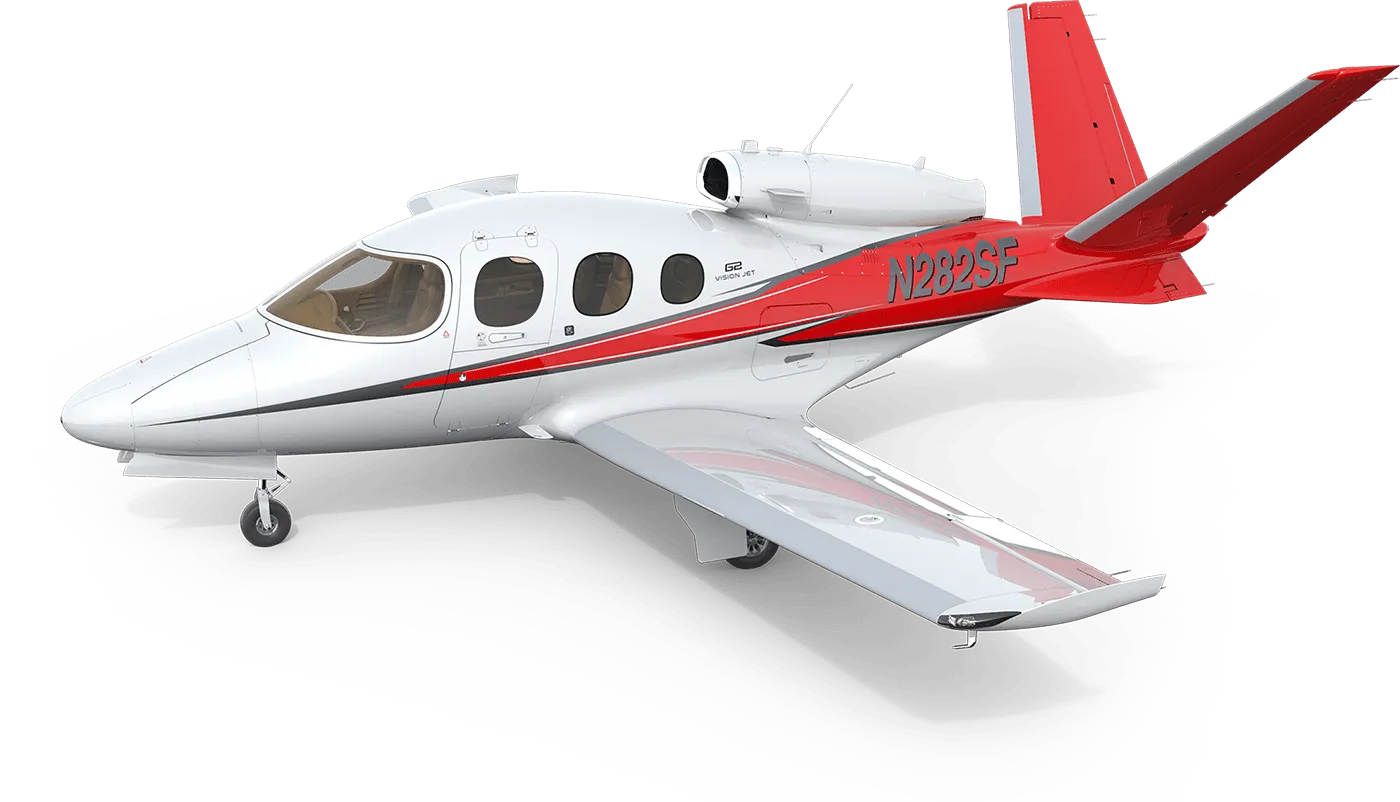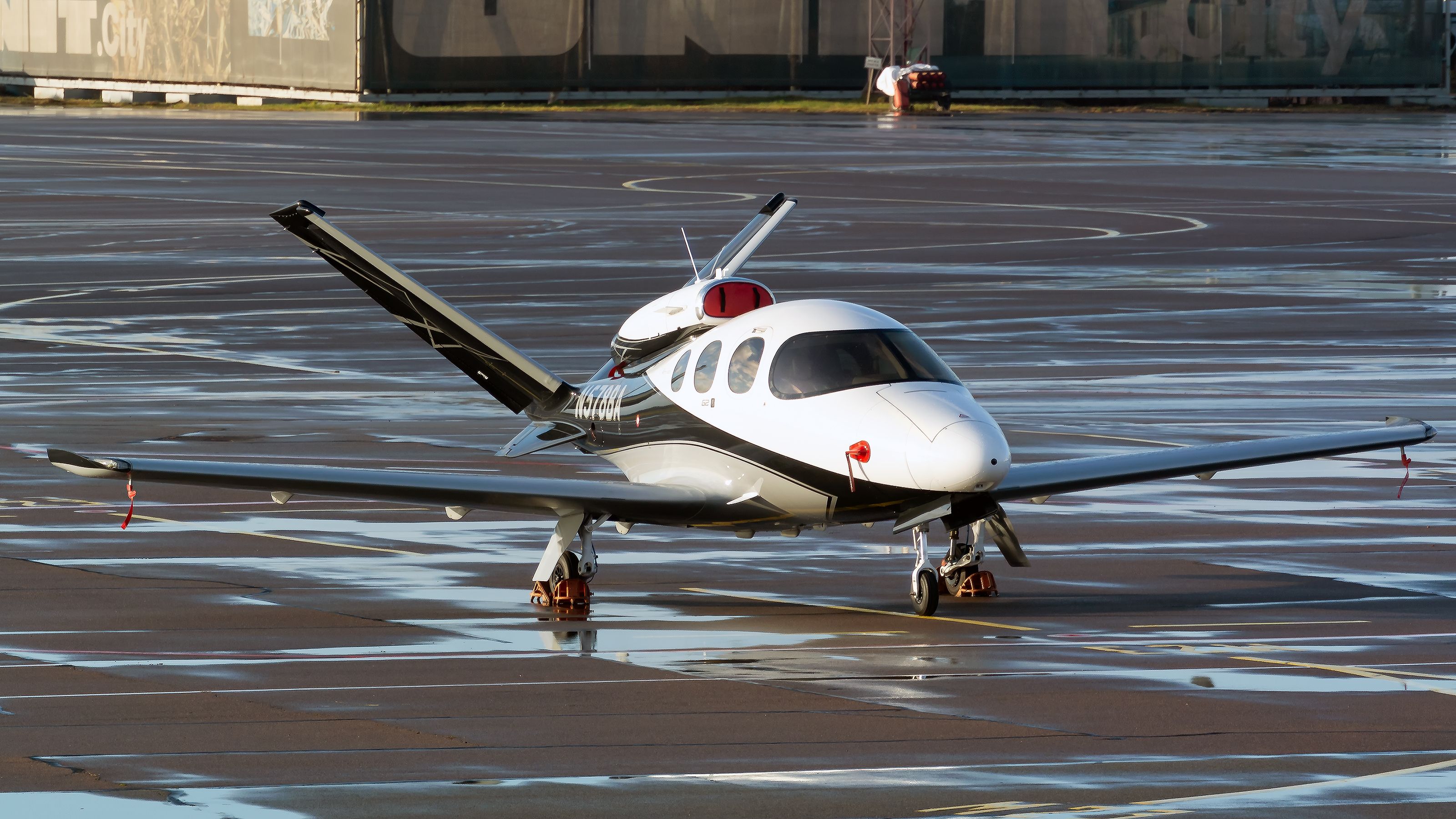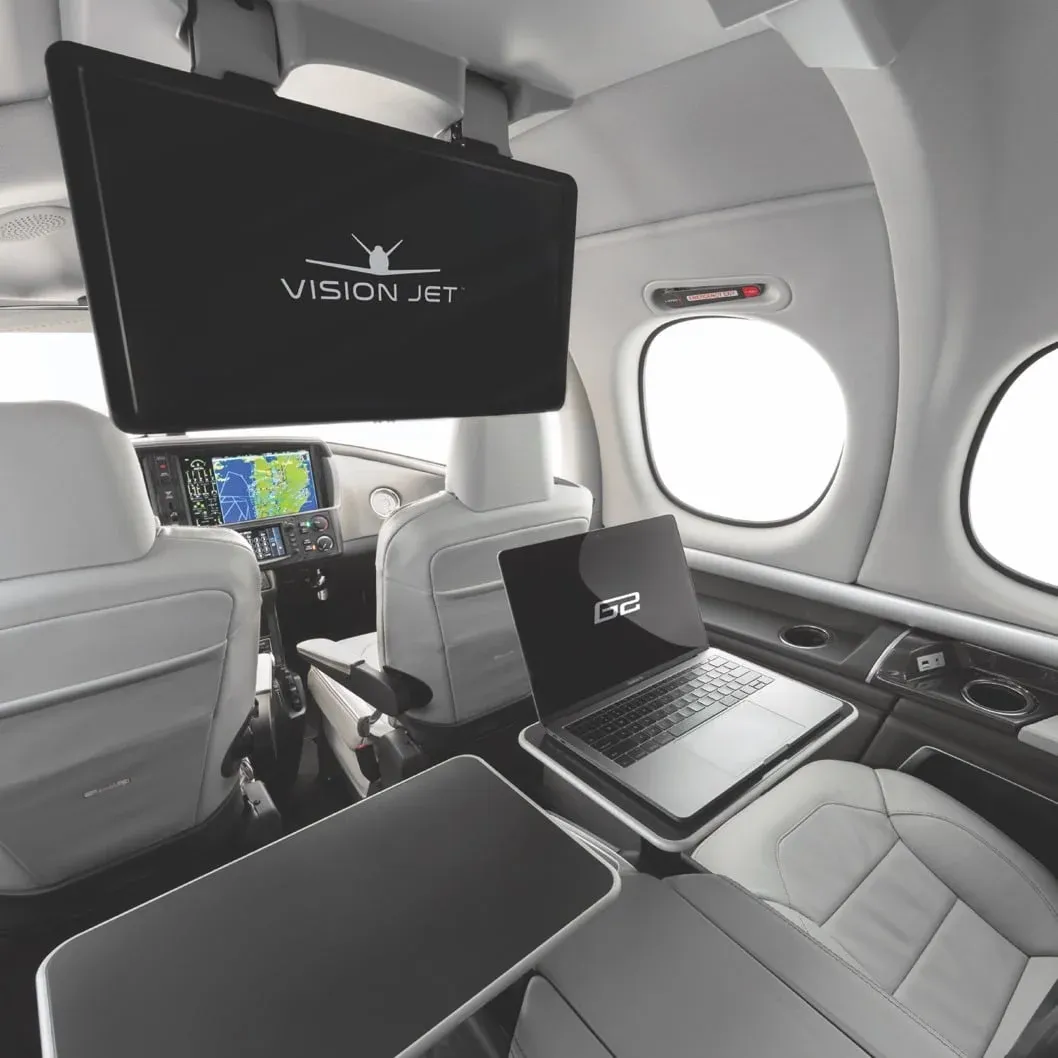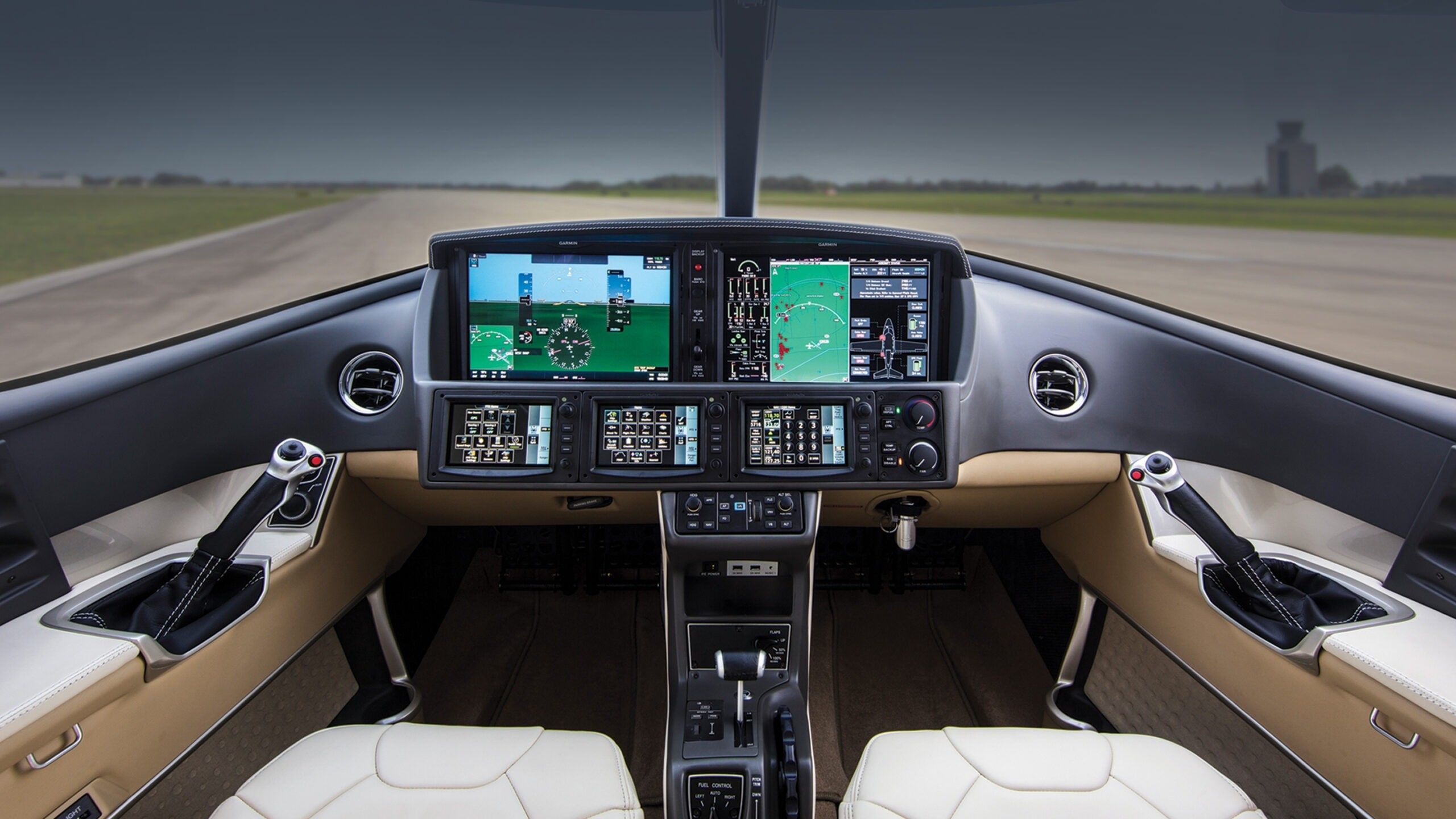Summary
- Cirrus Vision SF50 is a single-engine aircraft with innovative features like Safe Return Emergency Autoland System and Cirrus Airframe Parachute System (CAPS).
- The aircraft made its maiden flight in 2008 and has a spacious, luxurious cabin with panoramic windows.
- Certified by the FAA in 2016, the Cirrus Vision SF50 is the first civilian single-engine jet to be type certified.
The Cirrus Vision SF50, also known as the Vision Jet, is a single-engine aircraft designed and developed by Cirrus Aircraft of Duluth, Minnesota. The manufacturer introduced the type during the 2006 Business Aviation Convention & Exhibition. The very-light-jet quickly became popular for its V-tail design.
The aircraft features various innovative features, including the Safe Return Emergency Autoland System, that activates if the pilot is incapacitated. The Cirrus Airframe Parachute System (CAPS), is another emergency system the aircraft is known for. This article explores the innovative design and characteristics of one of the smallest private jets.
Cirrus VisionJet SF50
- Capacity: six passengers
- Length: 30 ft 11 in (9.42 m)
- Wingspan: 38 ft 8 in (11.79 m)
- Height: 10 ft 11 in (3.32 m)
- Gross weight: 6,000 lb (2,722 kg)
- Fuel capacity: 2,000 pounds (910 kg)
- Cabin width: 5.1 ft (1.56 m)
- Cabin height: 4.1 ft (1.24 m)
- Powerplant: 1 × Williams FJ33-5A turbofan
- Engine thrust: 1,846 lbf (8.21 kN)
On June 28, 2007, Cirrus unveiled a mockup of what the plane would look like. By May 22, 2008, the company had 400 refundable deposits for the jet, which made its maiden flight on July 3, 2008, at Duluth International Airport (DLH).
Photo: Cirrus
Then, later in the month, it featured at one of the world’s largest airshows, the AirVenture Oshkosh held at Wittman Regional Airport (OSH) and the adjacent privately owned Pioneer Airport in Oshkosh, Wisconsin.
Financial crisis
Come the Global Financial Crisis (GFC) of 2007-2009, Cirrus was in financial trouble. The company now needed an influx of capital to keep the Vision Jet project going. It turned to brokerage firm Merrill Lynch to help start a new company.
Photo: Rudzenka | Shutterstock
The China Aviation Industry General Aircraft (CAIGA) bought Cirrus and invested enough money in the project to ensure the jet’s further development. By the summer of 2012, the prototype had logged 600 flight hours and was ready to go into full production.
Now estimating the aircraft to be sold for $1.96 million, a new prototype roll-out date was announced for the following year, with certification and flight testing scheduled for 2014. Cirrus had 500 planes on its order book, with delivery set to begin in 2015.
Worried that Cirrus would move the manufacturing of the aircraft somewhere else in 2015, the City of Duluth committed $6 million towards building a $10 million factory. The remaining $4 million was solicited from the state of Minnesota on the understanding that Cirrus would lease the factory.
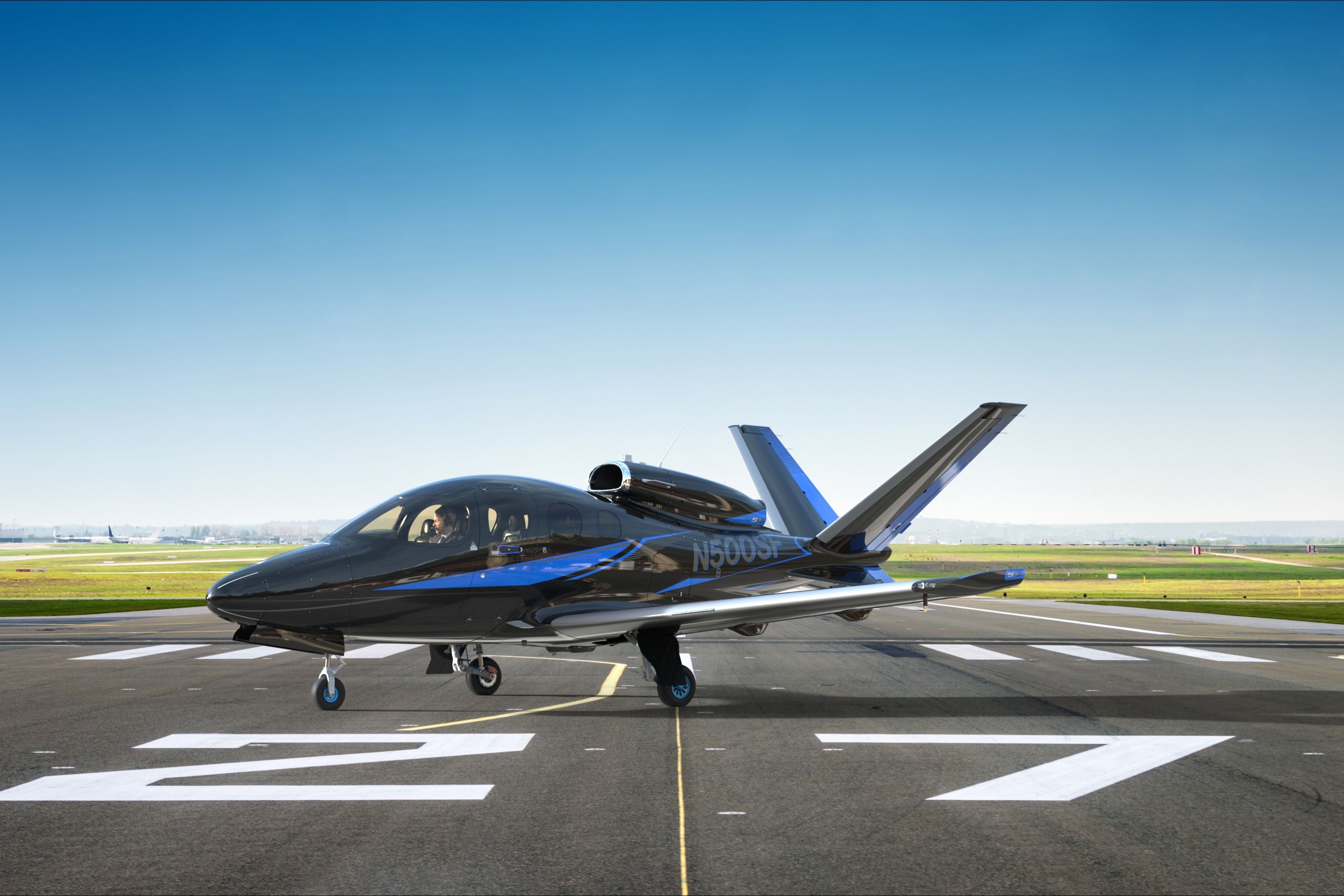
Related
Cirrus Delivers Its 500th SF50 VisionJet Private Plane
The manufacturer has celebrated the 500th delivery by unveiling a limited edition livery for its SF50 Vision Jets.
Certification and entry into service
- Maximum speed: 311 knots (358 mph) maximum cruise speed
- Cruise speed: 305 knots (351 mph)
- Stall speed: 67 knots (77 mph) with flaps
- Range: 600 NM (690 mi) with 1,200 lb payload at max cruise to 1,200 NM (1,381 mi) with 200 lb payload at economical cruise
- Service ceiling: 31,000 ft
- Fuel consumption: 462 lb at maximum cruise, 315 lb at economical cruise
- Takeoff: 621 2,036 ft roll, 3,192 ft over 50 ft obstacle
- Landing: 1,628 ft ground roll
After ten years of development marred by financial problems and technical challenges, the SF50 was certified by the Federal Aviation Administration (FAA) on October 28, 2016. With certification, the Cirrus Vision SF50 became the first civilian single-engine jet to be type certified. With 15% of all orders destined to be sent to Europe, Cirrus received its European Union Aviation Safety Agency (EASA) in May 2017.
Photo: Cirrus
After winning various awards and accolades, Cirrus announced a G2+ variant of the jet. The new model would have a more extended range, added payload, and better takeoff performance. The plane would also feature Gogo Inflight WiFi. The new aircraft will be sold for slightly less than $3 million, making it the cheapest jet aircraft currently available.
A spacious cabin
The Cirrus SF50 features a spacious and luxurious cabin that is cozy, comfortable, and efficient. With the cozy feel of a passenger car, the SF50 cabin combines technology with robustness and style.
Photo: Cirrus Aircraft
According to Cirrus,
“Designed around the largest cabin in its class, the carbon fiber fuselage creates spaciousness, with unexpected head and shoulder room and panoramic windows for an immersive experience. Whether working on the road or enjoying your favorite movie, the entertainment display easily connects to your favorite device and the center console creates a modern work space.”
Powered by Garmin G3000 based Cirrus Perspective Touch+, pilots are able to select the desired range for scanning the area and displaying a real-time depiction of the weather. The improved automatic ground-radar suppression system enables a clearer and more accurate image. The new systems also increase situational awareness of pilots, making the aircraft safer.
Photo: Cirrus
What are your thoughts on the Cirrus SF50 Vision aircraft? Share your opinion in the comments section.

